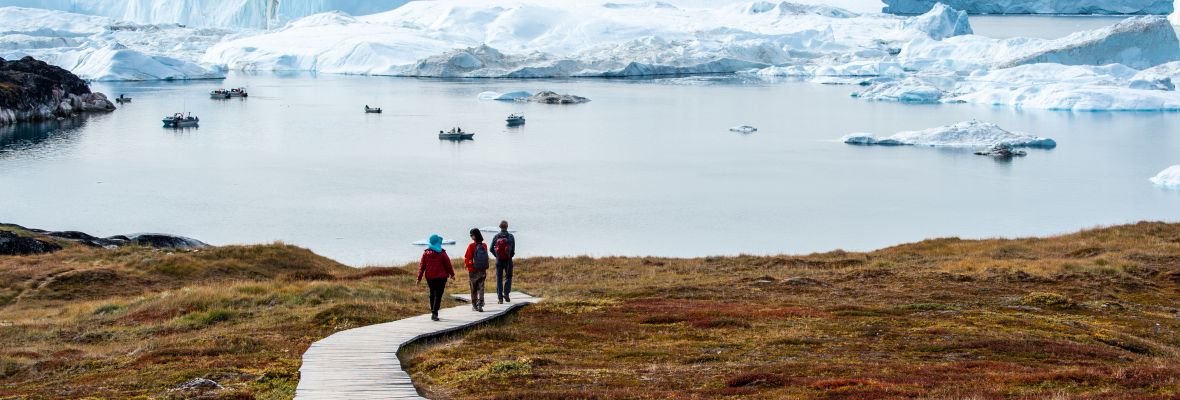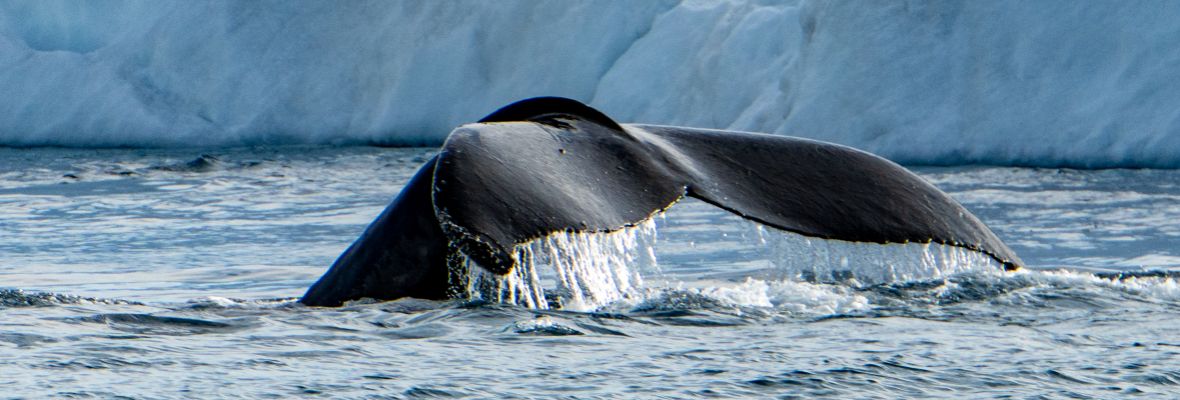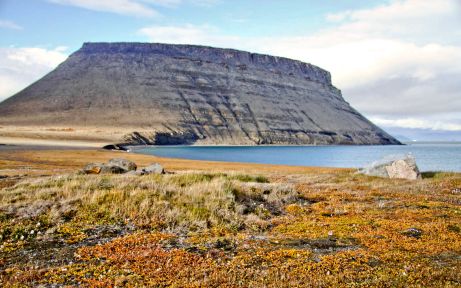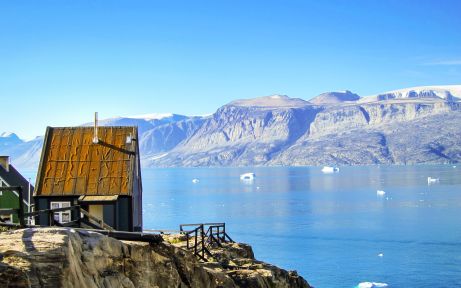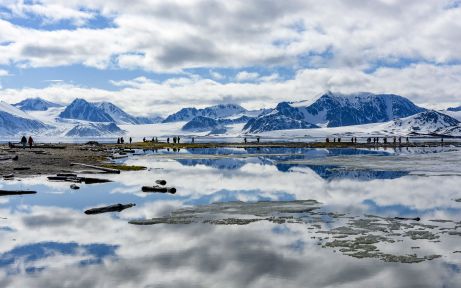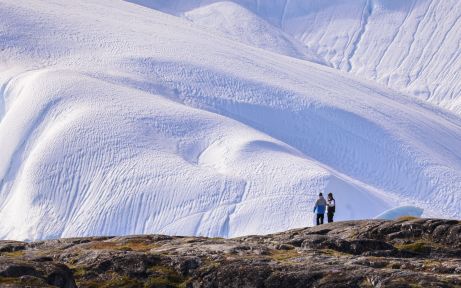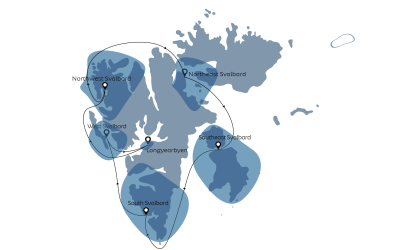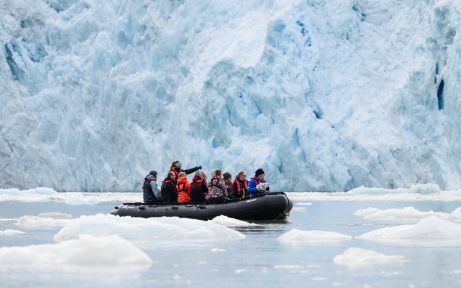Exciting changes are on the way!
As part of our merger with Polar Latitudes, we’re refreshing key elements of our website to reflect this new chapter. Discover more in our latest news update.
Explore our small ship cruise voyages to the Arctic, designed to engage your heart, mind, and spirit as you travel through one of the coldest places on Earth!
The Arctic polar region is located in the northernmost part of the planet and is bordered by the subarctic and temperate zones.
Our expedition cruises in the Arctic include journeys to Jan Mayen, Iceland, Canada, Svalbard, and Greenland.
Area of The Arctic
Population of The Arctic
Facts about The Arctic
- At least 40 Indigenous languages are spoken in the Arctic, including the Inuit-Yupik-Unangax languages (between eastern Siberia and East Greenland), Sami languages in northern Scandinavia, Athabaskan languages in Canada and Alaska, and a variety of unrelated languages in northern Russia, including Nivkh and Evenk. The most widely spoken languages in the Arctic as whole are Russian, English, various Scandinavian languages and Finnish.
- Despite being viewed as a constant deep-freeze, Arctic temperatures vary hugely by location and season. The warmest summer areas are in Arctic Russia, while the coldest summers are atop the Greenland Ice Sheet. The warmest Arctic winters are in coastal areas of Scandinavia, but temperatures on the Greenland Ice Sheet have been known to drop to a terrifying -69.6°C!
- The Greenland Ice Sheet is the largest mass of ice outside Antarctica, and measures 1.71 million km². That's over three times the size of France!
- Despite its proximity to large human populations, the North Pole was only verifiably attained in 1926 - 14 years after the South Pole. Both records were set by legendary Norwegian explorer Roald Amundsen.
- Arctic



